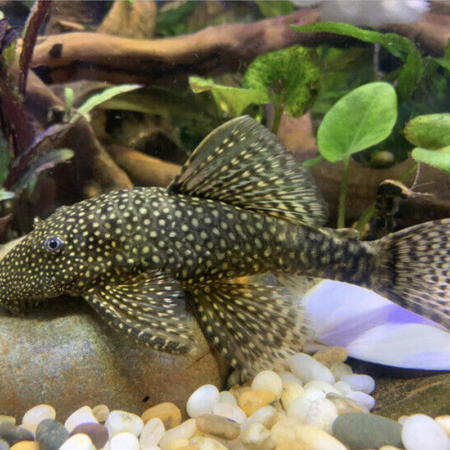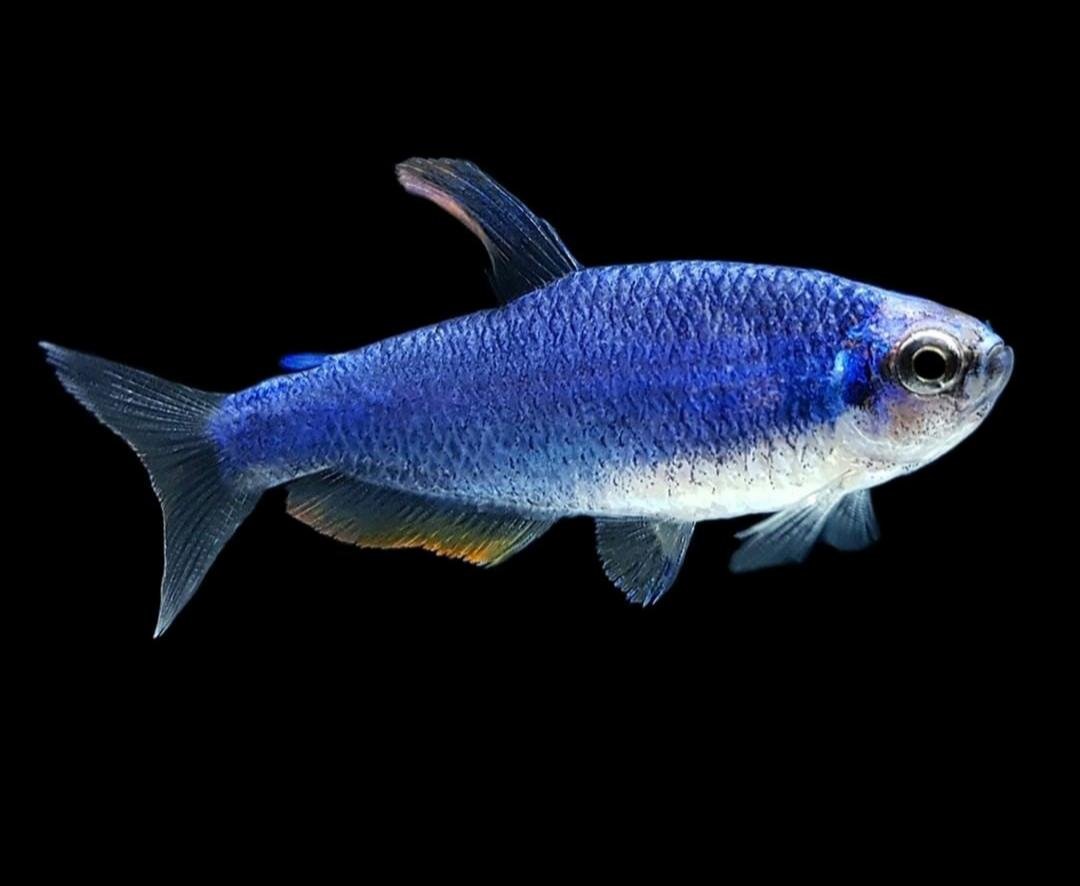To provide the best experiences, we use technologies like cookies to store and/or access device information. Consenting to these technologies will allow us to process data such as browsing behaviour or unique IDs on this site. Not consenting or withdrawing consent, may adversely affect certain features and functions.
The technical storage or access is strictly necessary for the legitimate purpose of enabling the use of a specific service explicitly requested by the subscriber or user, or for the sole purpose of carrying out the transmission of a communication over an electronic communications network.
The technical storage or access is necessary for the legitimate purpose of storing preferences that are not requested by the subscriber or user.
The technical storage or access that is used exclusively for statistical purposes.
The technical storage or access that is used exclusively for anonymous statistical purposes. Without a subpoena, voluntary compliance on the part of your Internet Service Provider, or additional records from a third party, information stored or retrieved for this purpose alone cannot usually be used to identify you.
The technical storage or access is required to create user profiles to send advertising, or to track the user on a website or across several websites for similar marketing purposes.
2 X STUNNING Yellow Convict Cichlid Amatitlania Nanolutea SIZE 2-4 CM, Thriving South American Cichlids, Ideal for Enthusiasts Seeking Community-Friendly Aquarium Friends 1 × £25.00

 2 X STUNNING Yellow Convict Cichlid Amatitlania Nanolutea SIZE 2-4 CM, Thriving South American Cichlids, Ideal for Enthusiasts Seeking Community-Friendly Aquarium Friends
2 X STUNNING Yellow Convict Cichlid Amatitlania Nanolutea SIZE 2-4 CM, Thriving South American Cichlids, Ideal for Enthusiasts Seeking Community-Friendly Aquarium Friends 












Emily Carter (verified owner) –
I recently added 6 Super Blue Emperor Tetras to my 30-gallon tank, and I couldn’t be happier! After just a couple of weeks, their stunning iridescent blue hues have truly transformed my aquarium. These tropical fish are not only beautiful but also quite social. Watching them swim in a tight-knit school is a joy! I’ve noticed they thrive in my slightly acidic water, which I’ve adjusted to mimic their natural South American habitat. The best part is their peaceful nature; they get along well with my other community fish, unlike some other tetras I’ve tried in the past.
Shipping was quick, and they arrived healthy, which speaks volumes about the seller’s commitment to fish welfare. I did have a minor issue with one fish that initially seemed shy, but after a few days, it joined the school just fine. For anyone looking for vibrant and friendly aquarium fish, I highly recommend these little jewels. They would be perfect for both beginner and seasoned aquarists looking to enhance their setup. My only tip would be to ensure they have plenty of hiding spots to feel secure. I’m already planning to buy more!
Emily Carter (verified owner) –
I recently purchased the 6 x Super Blue Emperor Tetra, and they have completely transformed my aquarium! Right from the moment they arrived, I was impressed with their vibrant colors and lively personalities. These little guys have been thriving for over two months now, and their shimmering blue hues are simply mesmerizing against the green plants in my tank.
As an experienced hobbyist, I’ve kept various types of tropical fish, but these tetras truly stand out. They are a bit more peaceful compared to other smaller species like neon tetras, making them perfect for a community tank. I love how they swim in schools, creating a striking display that’s both calming and beautiful.
One minor concern I had was their initial shyness; they took a few days to fully acclimate and swim confidently. However, with proper care and a well-planted environment, they quickly settled in! If you’re looking to enhance your home aquarium aesthetics, I highly recommend these regal fish. They’re perfect for anyone from beginners to experienced aquarists who truly care about fish welfare.
Plus, they were shipped quickly and arrived in excellent condition, which is always a bonus! I would definitely buy them again and encourage others to experience the joy they bring to an aquarium.